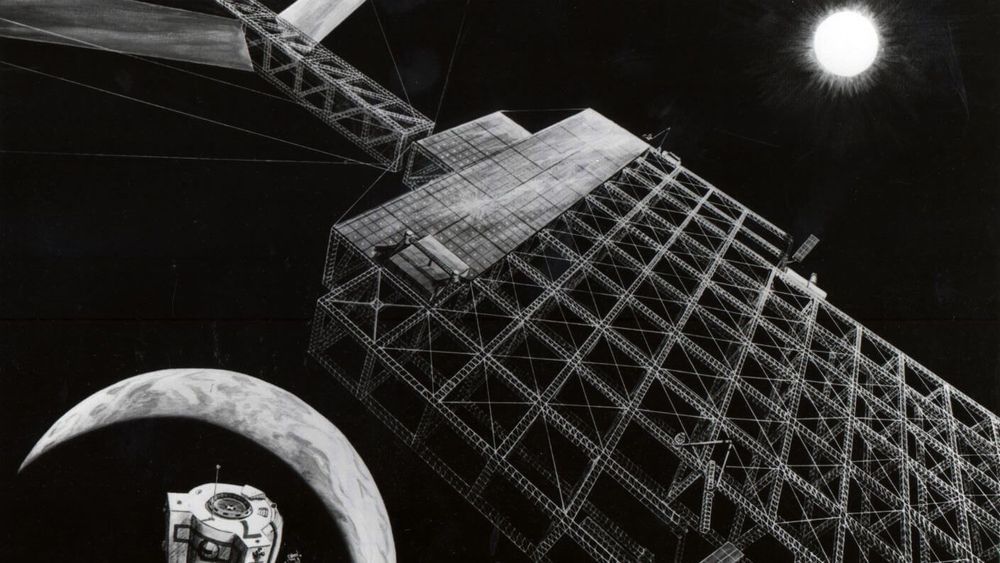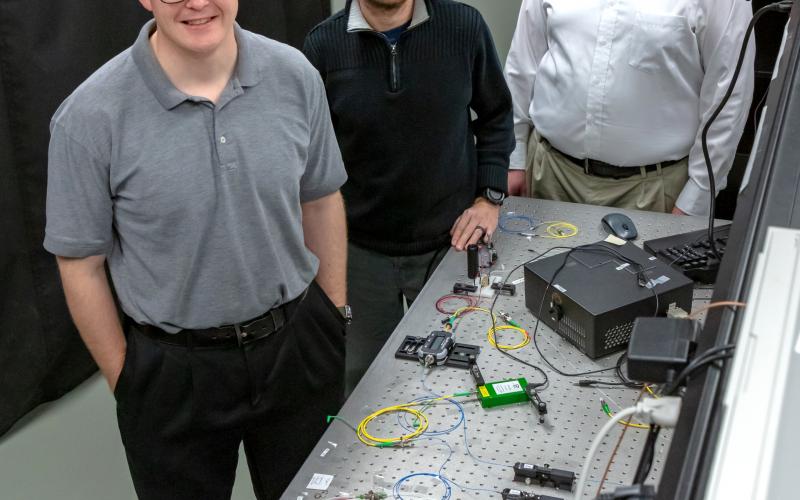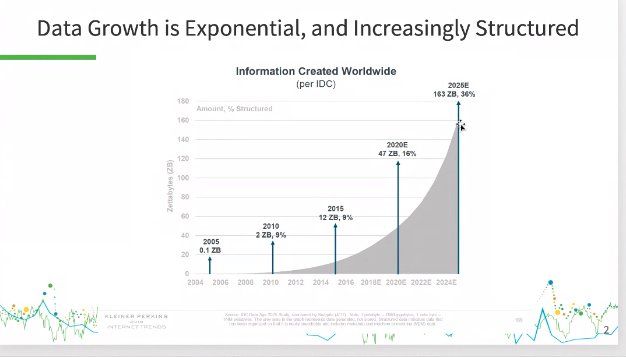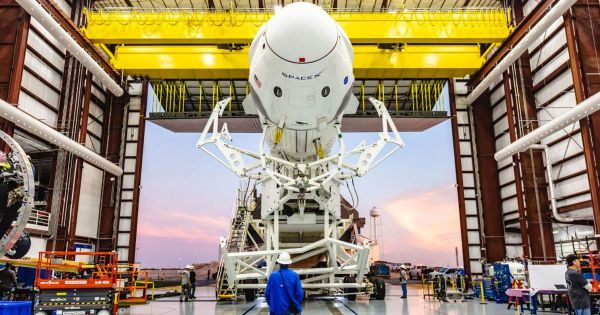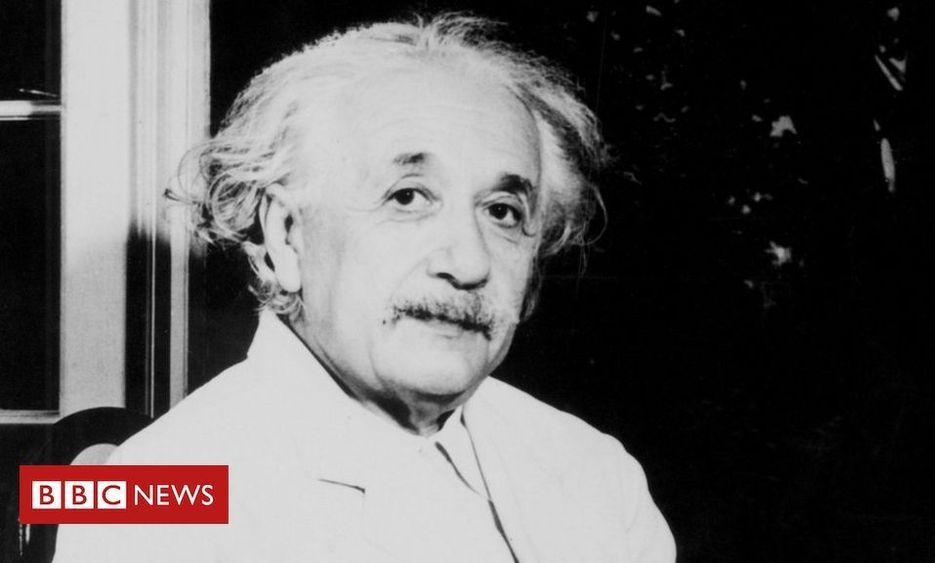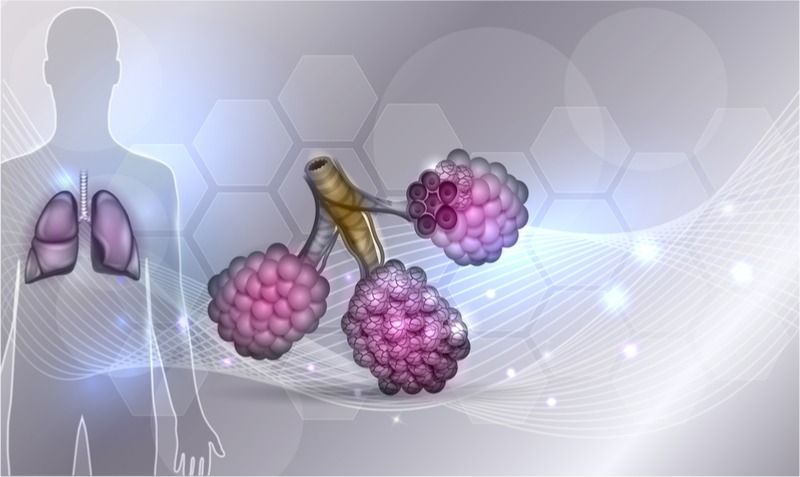Over seven decades ago in 1941, Isaac Asimov wrote a short story, “Reason” (PDF), in which energy captured from the sun was transmitted via microwave beams to nearby planets from a space station. Flash forward to today, scientists are looking to make that very science fiction dream a reality for Earth.
There has been tremendous research on space-based solar power (SBSP) or space solar power (SSP) since the mid 20th century. Here is a great timeline of the various international studies and projects related to SBSP.
With SBSP, we could solve our energy and greenhouse gas emission problems with little environmental impact. Professor Sergio Pellegrino of CalTech recently said an SBSP system would receive eight times more energy than Earth does. With SBSP’s continuous massive energy output capability and the fact that our sun is slated to exist for another 10 billion years, we can safely assume we will not run out of this energy source anytime soon.
